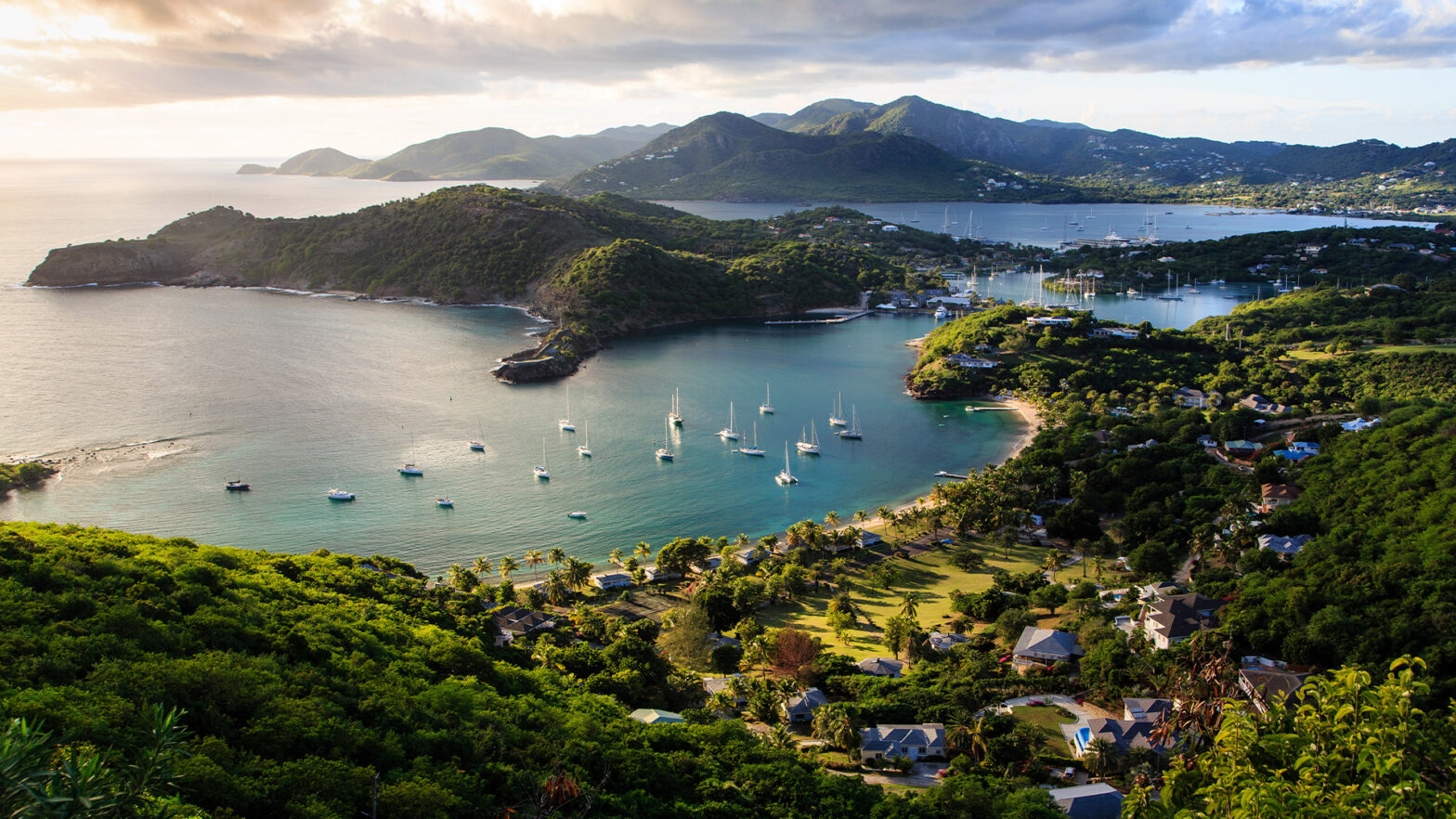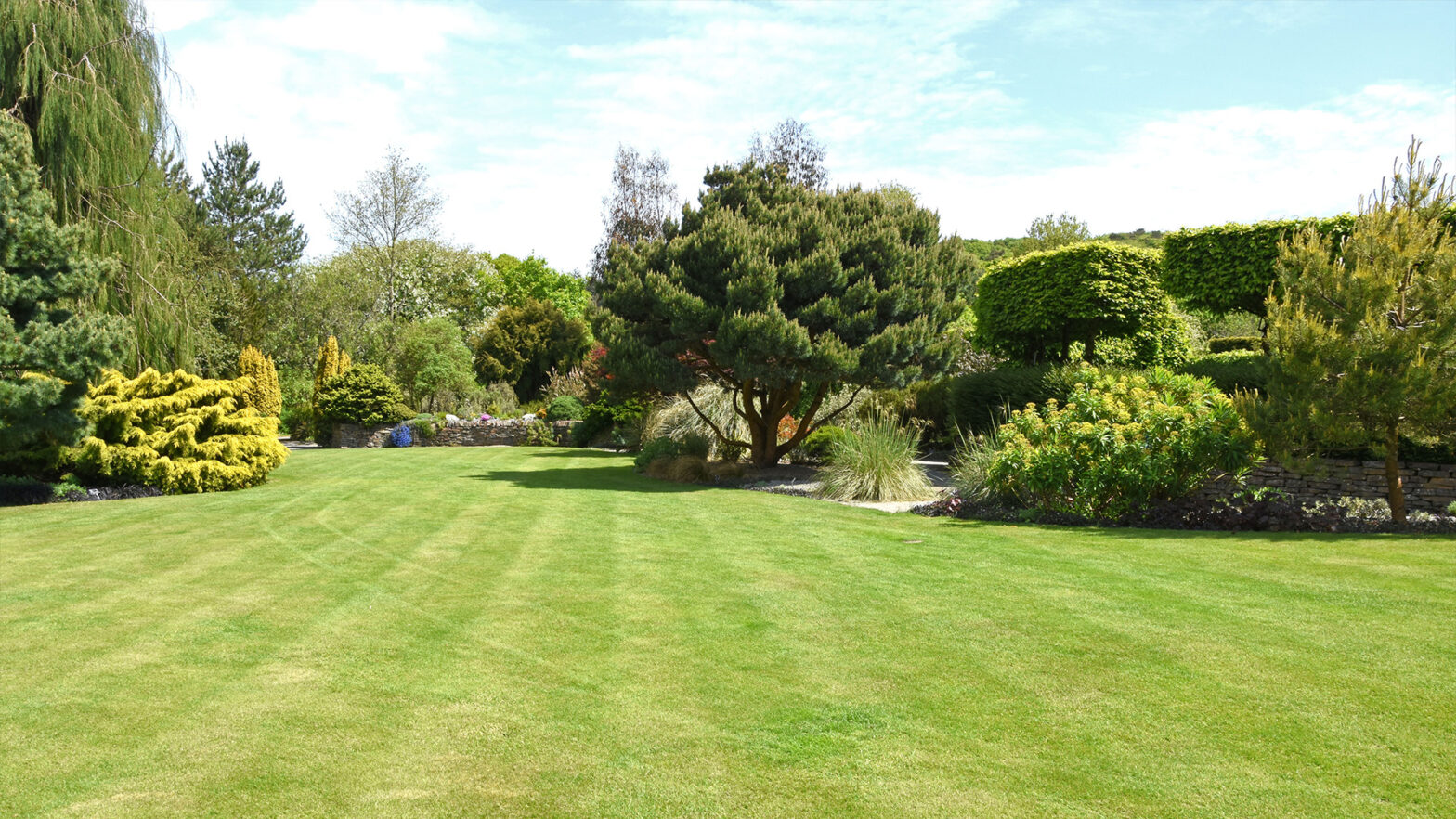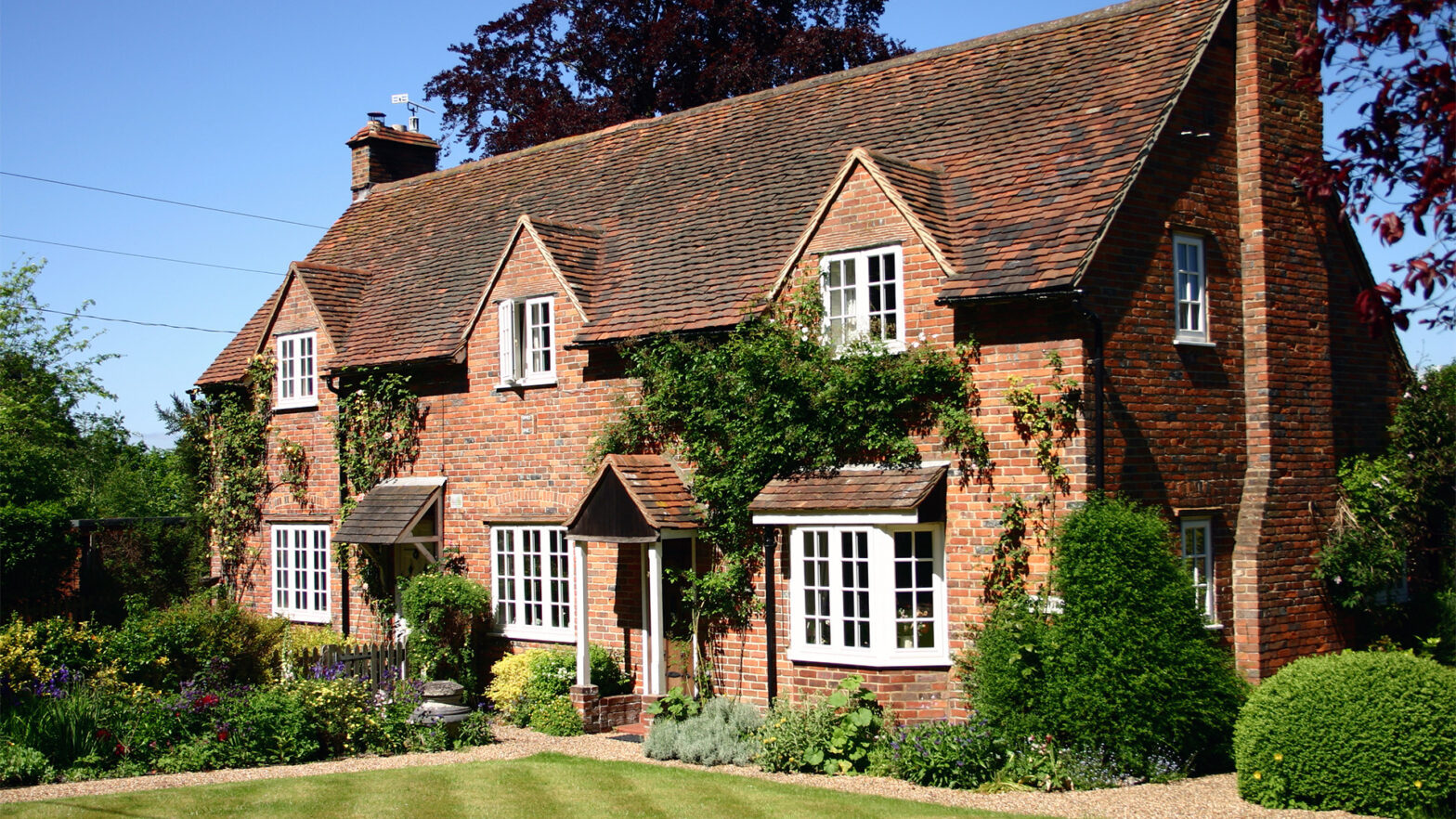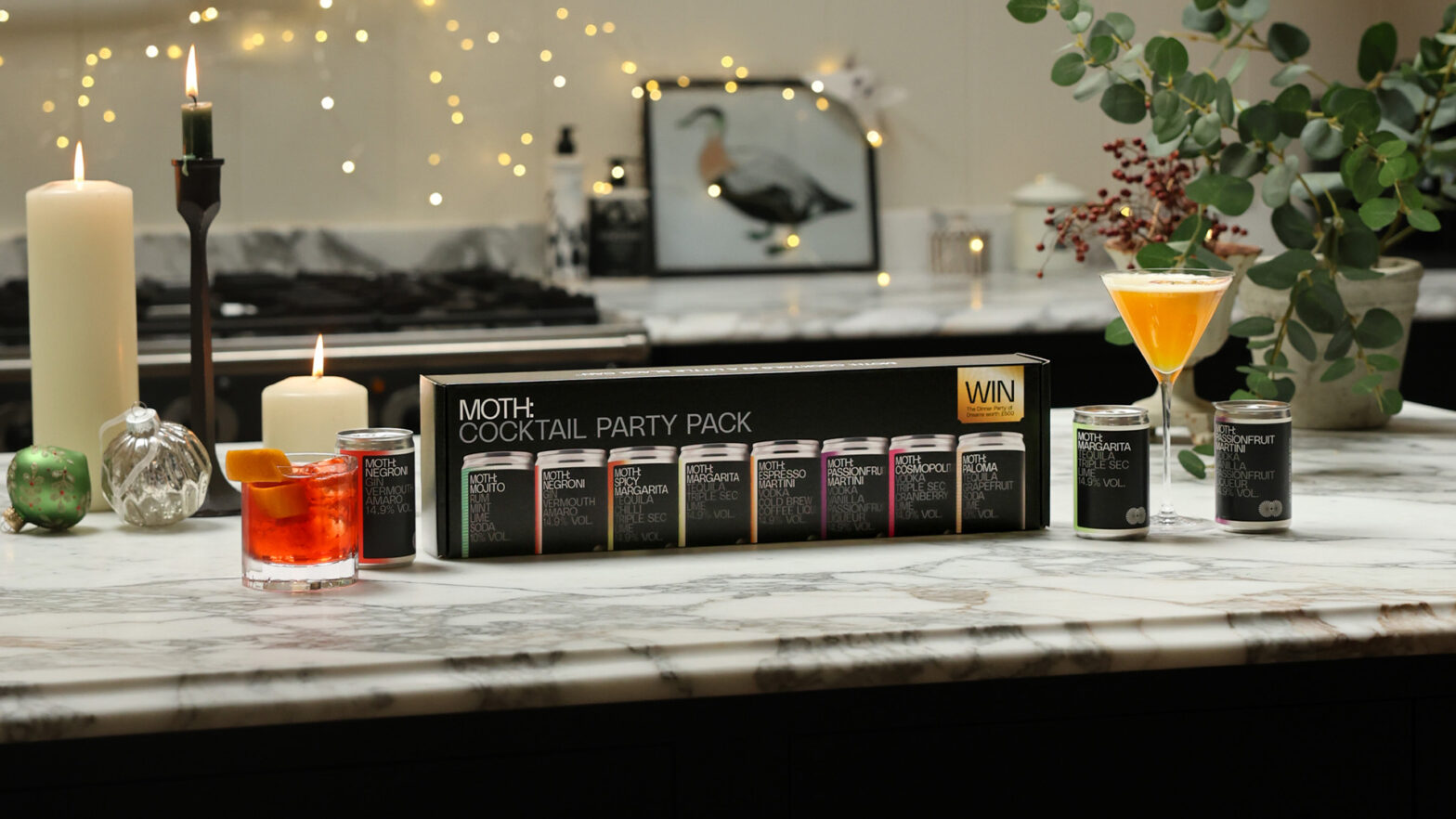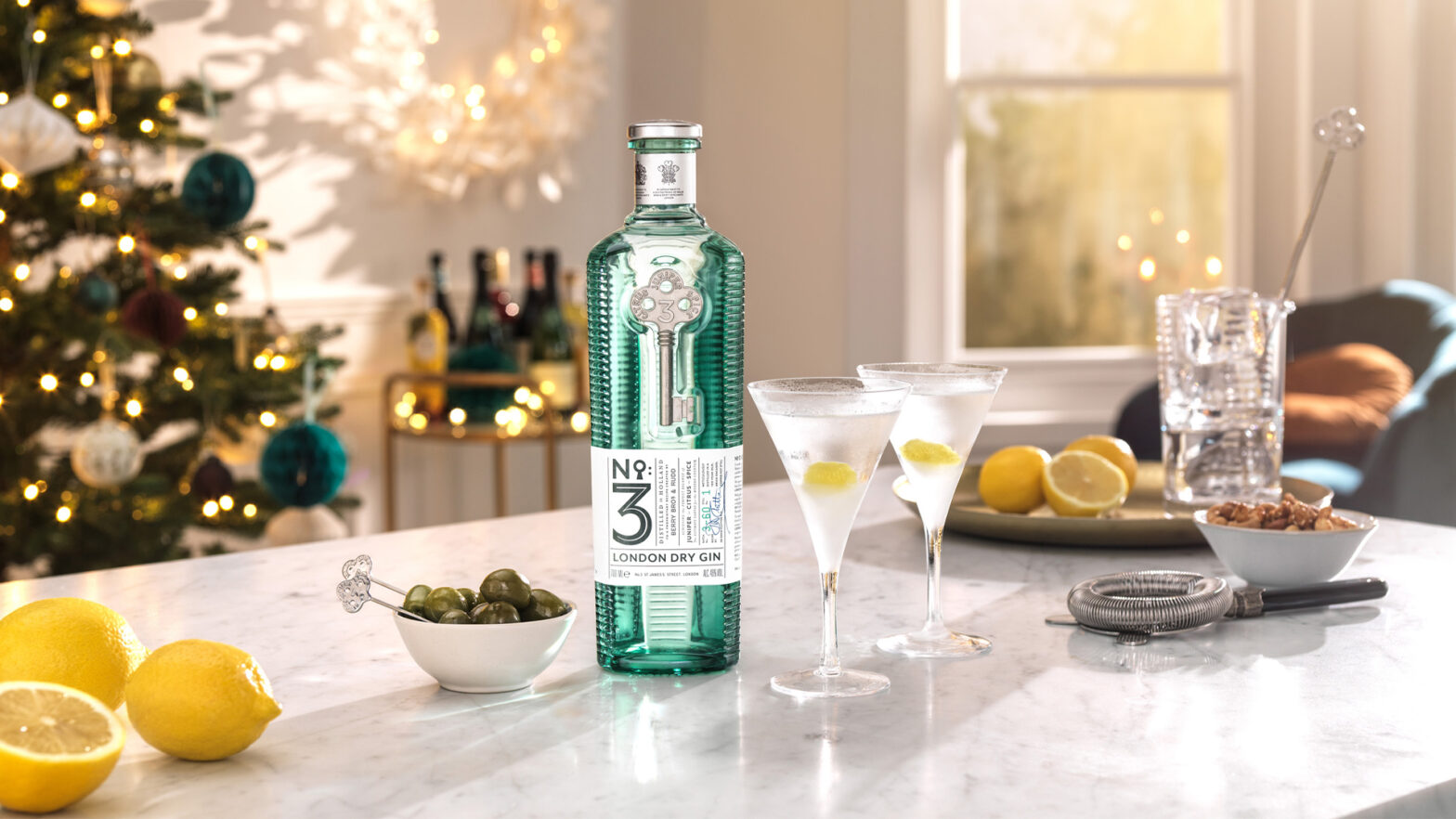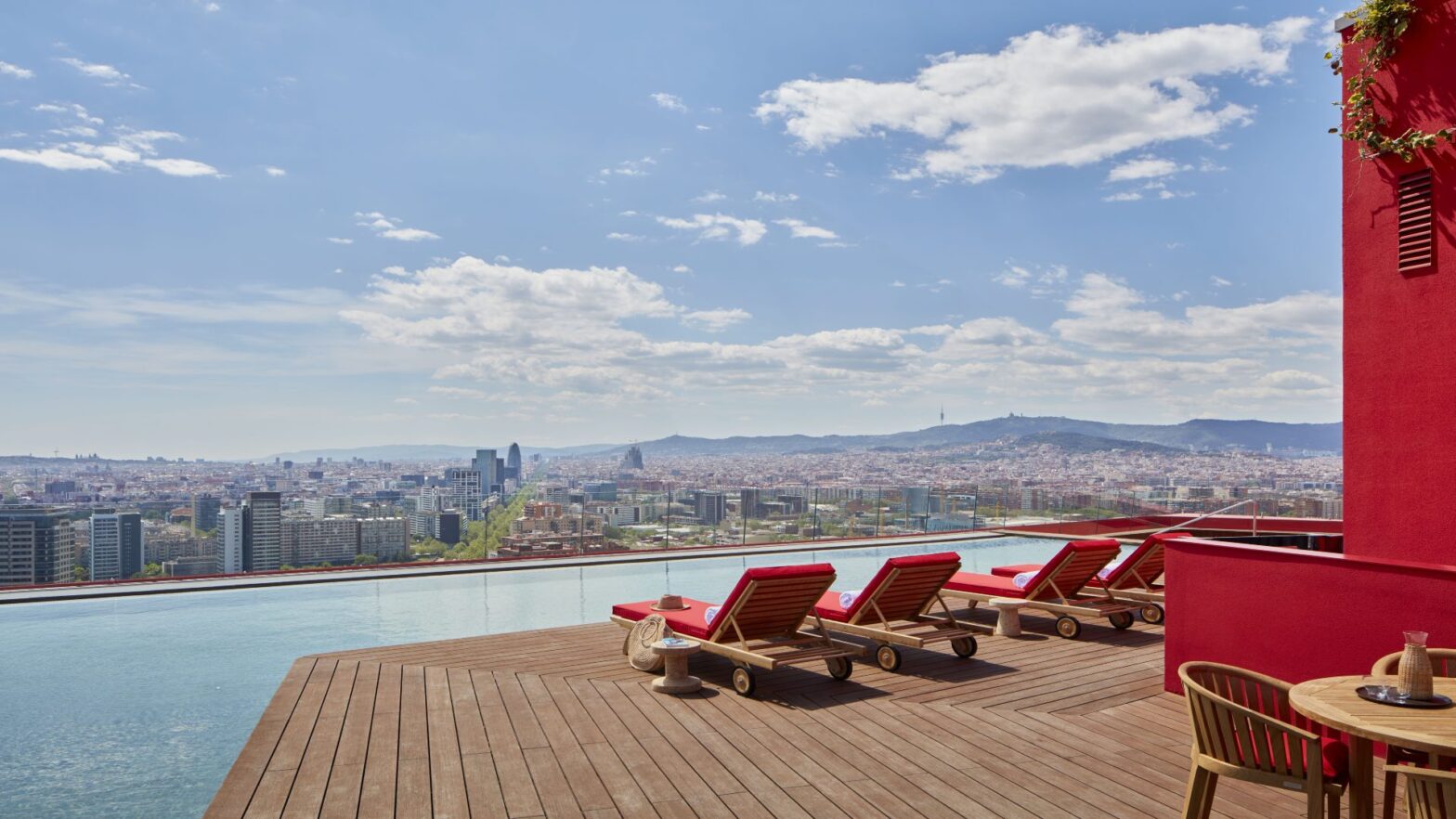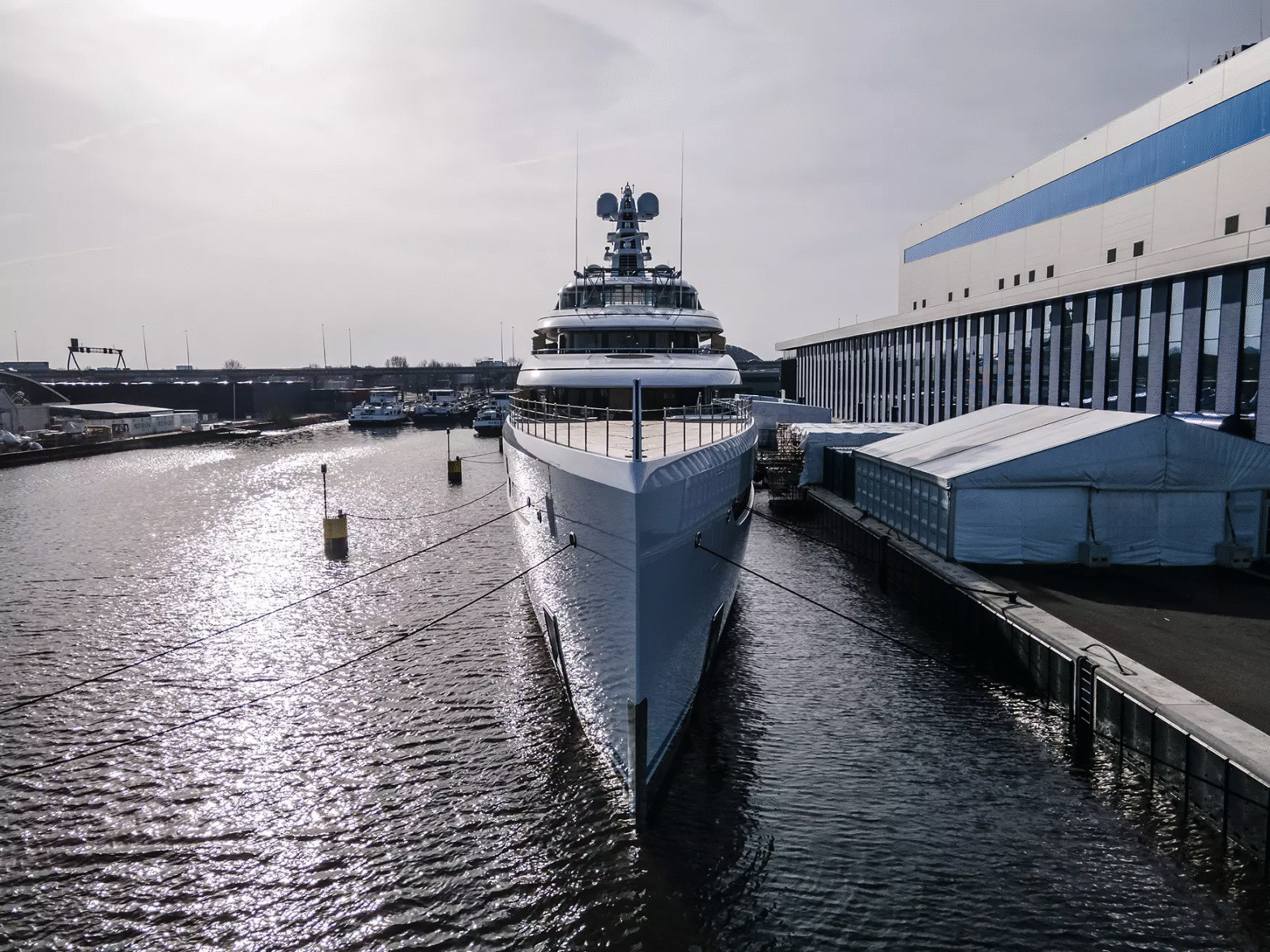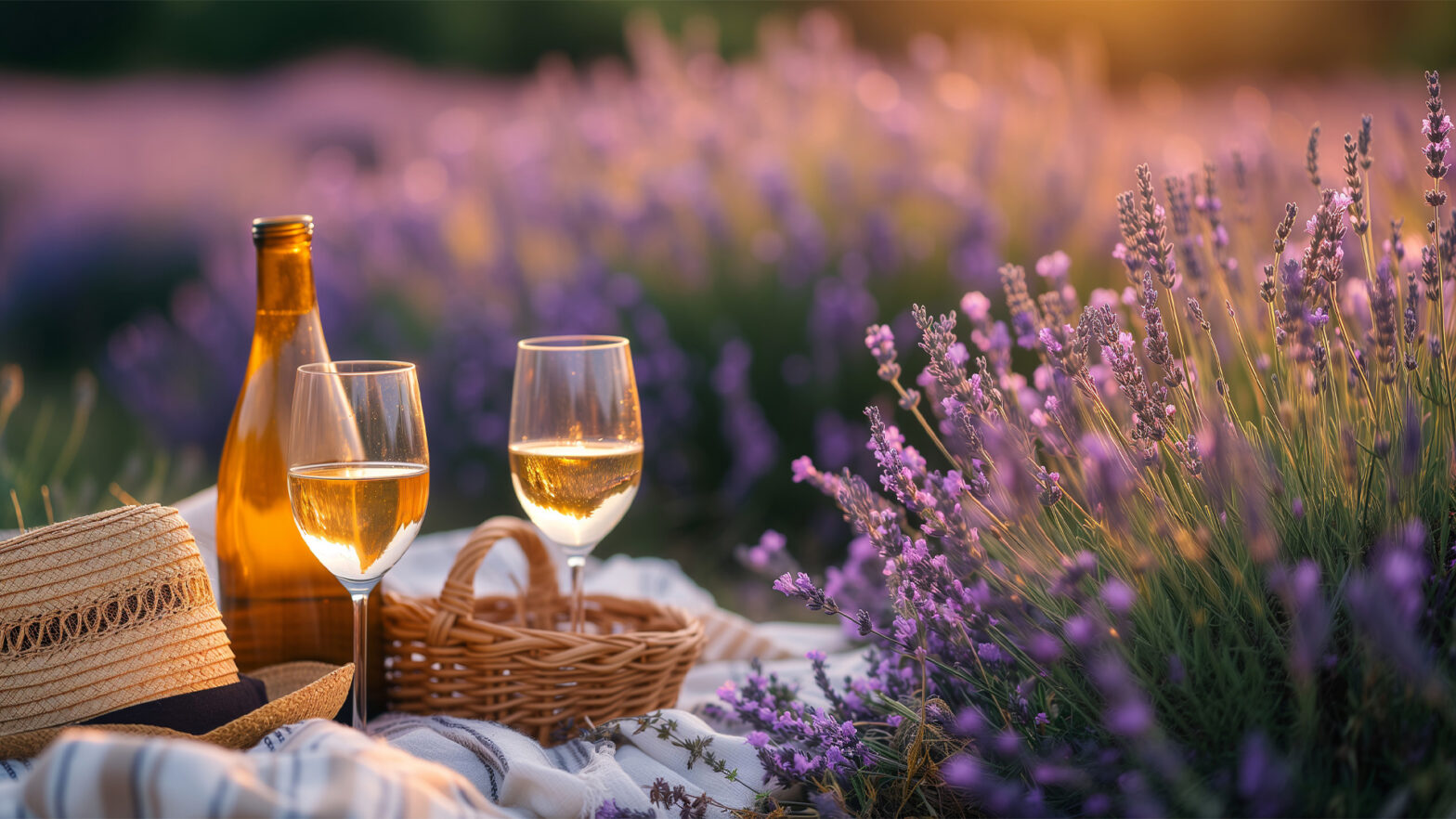
By Michael Cocks
Life is expensive, and as much as we cannot escape this fact, we often need to try. An occasional indulgence, like a glass of fine wine, helps to keep us going. The good news is that there are a few secrets that you can use to find high quality French wines for less. Read on if you want to learn how business remodeling, climate change, and technique can be used to allow you and your loved ones to indulge yourselves more often without spending more.
Seeking out producers who are changing their business model is the first way to find chic French wines without the prix élevés. The cooperative is a ubiquitous part of the French wine landscape with some 619 Cooperatives across France are responsible for making 51% of all French wine. Cooperatives are businesses that operate under shared ownership, with growers pooling their vineyard holdings to gain access to expertise in winemaking and marketing and to lower the costs of production and cultivation.
Over time, the price of grapes in some regions like Burgundy have risen substantially. The increase in value has made it tempting for cooperative members with vineyards of high quality potential to leave the cooperative and produce their own wine for a greater share of the spoils.
Yet when they first withdraw from the cooperative, the now freestanding producer has limited brand awareness and no market presence beyond their cellar door. This results in price being a key selling point until the brand establishes a following and press reviews that will support price increases. Seeking out producers who have recently withdrawn from cooperatives is a great way to both try great wine at bargain prices but to also support small operations when they need it most. The Macon wines of Jean Manciat are a good example of this.
A lot of column inches are currently devoted to the threat posed by climate change. While there is no denying the fact that the climate is changing, the lesser known fact is that climate change can help you find better, and cheaper wine. You just need to know where to look. The Bordeaux region of Moulis-en-Médoc is a prime example. Large parts of Moulis-en-Médoc lie on outcrops of gravel based soils that mimic those of the best producers in the more prestigious appellations of Pauillac and Saint Julien. The free draining nature of these gravel soils make them perfect for growing Cabernet Sauvignon, considered to be the grape with the highest quality potential on the Médoc peninsula. Despite this natural advantage, the inland location of Moulis-en-Médoc, away from the moderating influence of the Garonne river, was always cooler and its Cabernet Sauvignon struggled to achieve the same degree of ripeness as the warmer riverside appellations with the lesser quality reflected in lower prices. Today, the prices for Moulis-en-Médoc wines are still low, but the warming climate now means that it Cabernet Sauvignon is now ripening perfectly and producing charming, classically styled, Cabernet Sauvignon based Bordeaux wines that reach their peak around 10 to 15 years from vintage. Château Anthonic is just one of the many producers worth seeking out.
The third way to find high quality wines on a shoestring is to look at technical wine styles where the method of production, in contrast to the origin of the grapes, plays a large part in establishing the quality, and style, of the final wine. Champagne is one such technical wine style with the global icon of sparkling wine being made by a process known as the traditional method. The same method is used in many other wine regions of northern France, such as Burgundy and the Loire Valley to produce sparkling wines that are known as Cremant.The combination of a cooler climate, frequent use of similar grape varieties, and an identical production method means that Cremants are often excellent facsimiles of many entry level styles of Champagne. Although similar in the glass, the lower cost of land and grapes outside of Champagne, along with smaller marketing budgets, means that Cremants are available at prices that are very friendly for everyday drinking at around the $15 mark, making them the perfect choice for quiet luxury. The wines of Langlois-Chateau are but a starting point.
Bargain Burgundy
Although wine regions like Burgundy, Bordeaux or Champagne often come with a hefty price tag, drinking premium wines from France’s prestigious terroirs on a budget is not a mission impossible. This is according to wine consultant Sylvia Ba, who holds a master’s degree in wine business from Burgundy School of Business, the Burgundy has way more to offer than you might think. “If you are looking for a premium Burgundy, look outside of Cote de Nuits and Cote de Beaune,” Ba recommends. “The two Hautes-Côtes, Hautes-Côtes de Nuits and Hautes-Côtes de Beaune, are rising stars of the region. Situated on the hills west of the Côte d’Or, these areas have a higher elevation than Cote de Nuits and Cote de Beaune. Thanks to relatively lower land costs and a favorable cooler climate, the Hautes-Côtes have become Burgundy’s land of promise in recent decades, attracting both prestigious wineries and young talents who are pushing the boundaries of its fullest winemaking potential. The wine styles of the Hautes-Côtes may vary among producers, and while these wines may not match the complexity and grandeur of Burgundy’s top crus, with a price around $30, they offer the same elegance and finesse found in every expensive Burgundy, plus the vibrancy and drinkability to enjoy them in their youth. Notable producers include Boris Champy, Naudin-Ferrand, Aurélien Verdet and many more.”
Ba also underscores that regional Burgundy is not always synonymous with mediocre supermarket wine. “Some independent winemakers, who employ a hands-on, low-intervention approach, offer excellent wines at affordable prices,” she says. “Notable examples include Fanny Sabre and Maxime Crotet. Similarly, in Champagne, you can find great deals under $45 from grower producers. These small-scale producers focus on the quality of their fruit and artisanal work rather than spending on branding and marketing. Downside is, because of the small production, these bottles are not widely available, but if you go to a specialized wine merchant, you will find these hidden gems.”
In an era of rising prices, the wines of the historic—and always en vogue—regions of Burgundy and Bordeaux, along with facsimiles of Champagne, are still available on a budget. Consumers can use business remodeling, climate change, and technical production methods to guide themselves toward the best deals. The only question is which region to start with.
In an era of rising prices, the wines of the historic, and always en vogue, regions of Burgundy and Bordeaux, along with facsimiles of Champagne are still available on a budget and you can use business remodeling, climate change, and technical production methods to guide you to the best deals. The only question is which region to start with.









